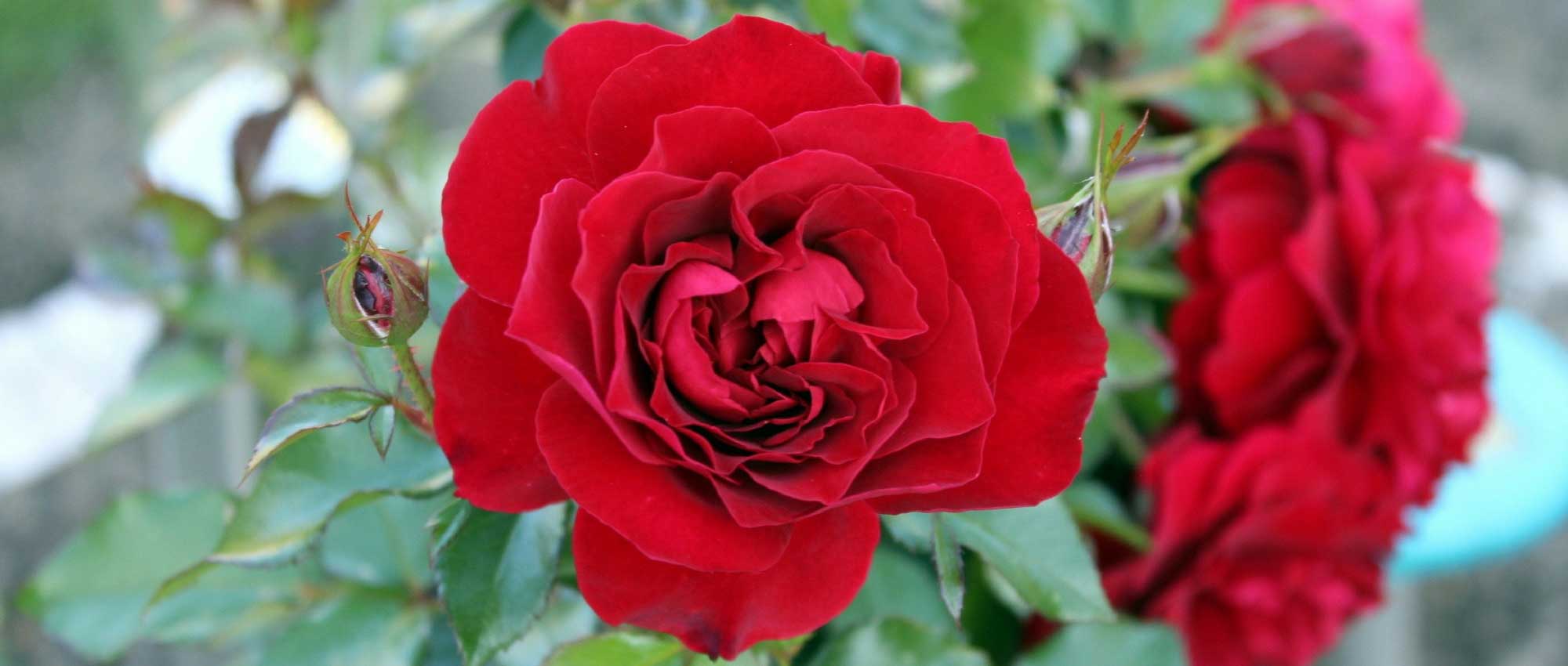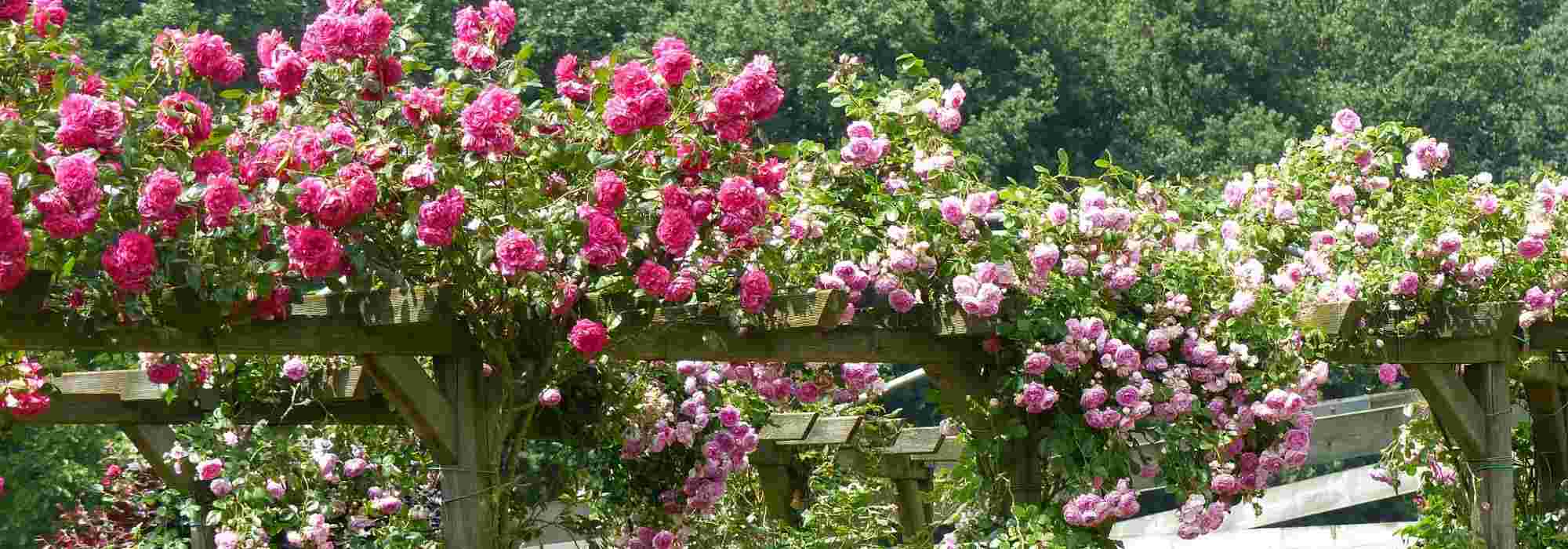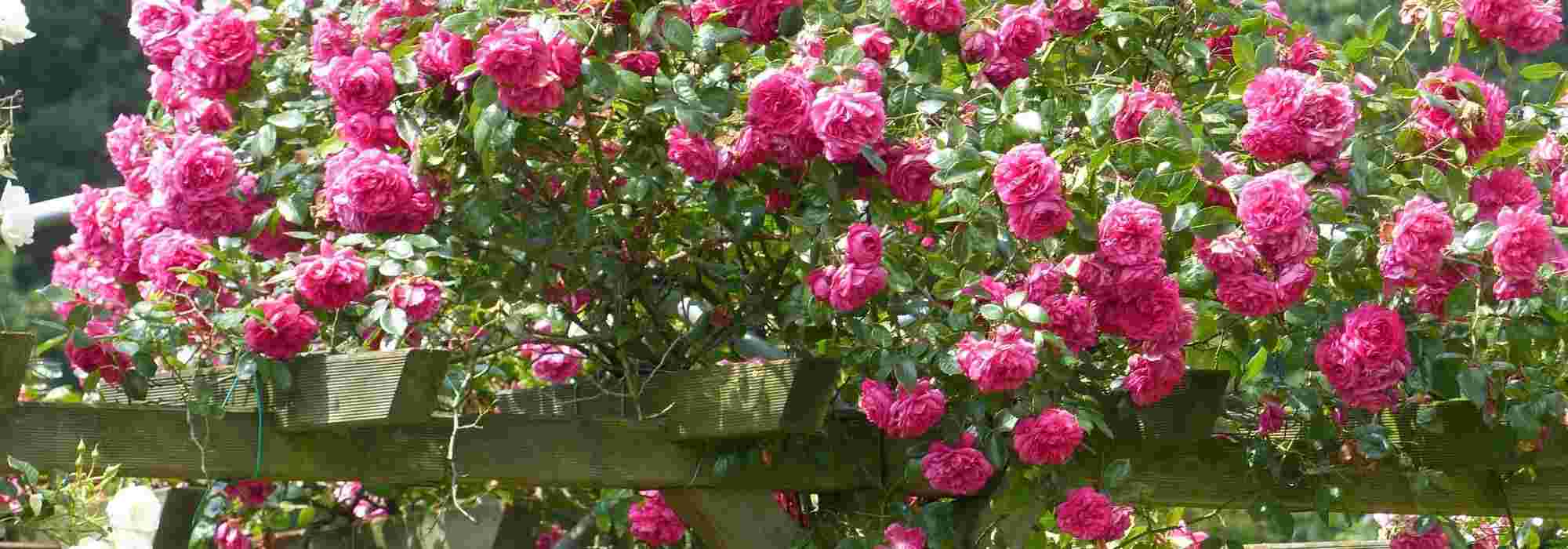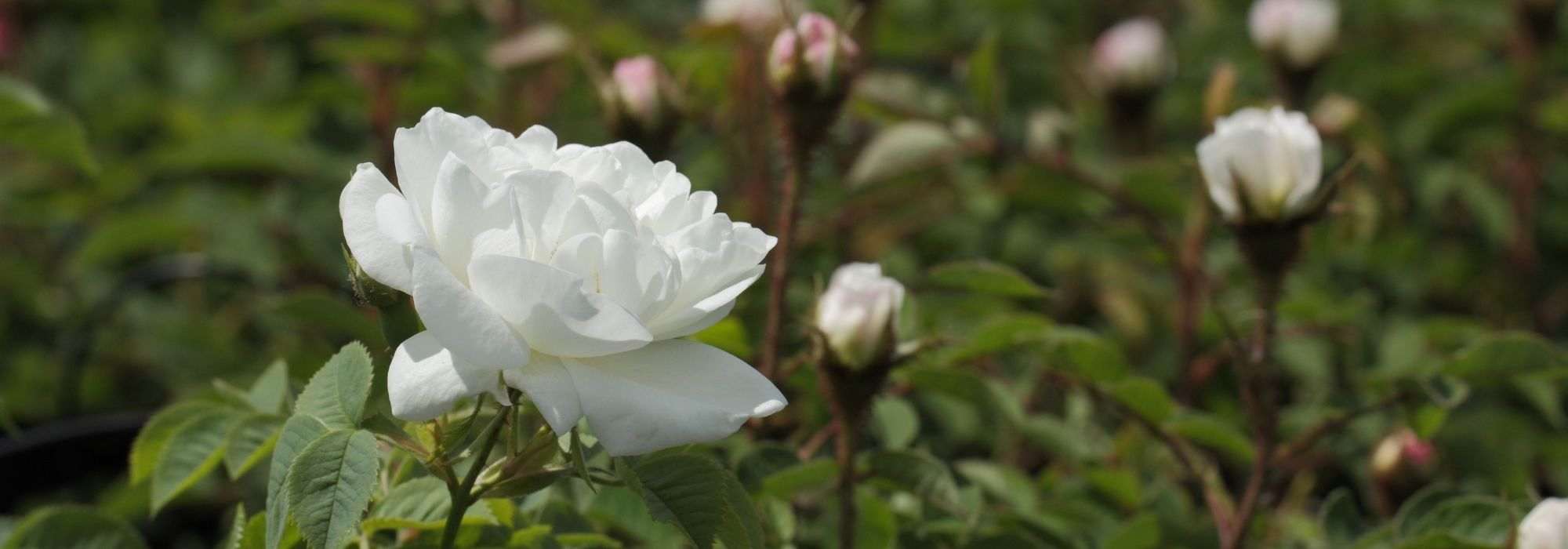

Rosa Oriental Peace, Climbing - Climbing Rose
Rosa Oriental Peace, Climbing - Climbing Rose
Rosa 'Baipeacesar' GPT ORIENTAL PEACE®
Climbing Rose
Rose bush in good condition and well packaged, looking forward to seeing its progress!
Jean, 14/08/2025
Special offer!
Receive a €20 voucher for any order over €90 (excluding delivery costs, credit notes, and plastic-free options)!
1- Add your favorite plants to your cart.
2- Once you have reached €90, confirm your order (you can even choose the delivery date!).
3- As soon as your order is shipped, you will receive an email containing your voucher code, valid for 3 months (90 days).
Your voucher is unique and can only be used once, for any order with a minimum value of €20, excluding delivery costs.
Can be combined with other current offers, non-divisible and non-refundable.
Home or relay delivery (depending on size and destination)
Schedule delivery date,
and select date in basket
We guarantee the quality of our plants for a full growing cycle, and will replace at our expense any plant that fails to recover under normal climatic and planting conditions.

Description
The Oriental Peace® 'Baipeacesar' climbing rose from the prestigious Peace rose line combines grandeur and refinement. Its huge bicoloured, bright yellow hued roses edged with Bengal pink bloom in successive waves from May until the first frosts, offering remarkable and fragrant flowering. Its vigorous habit and long, woody climbing stems reaching up to 3 metres enable it to elegantly cover walls, pergolas, and tall fences. With its dense, disease-resistant foliage, it structures vertical spaces with natural lushness and a delicately fruity fragrance.
The Peace® 'Baipeacesar' climbing rose Oriental derived from the famous bush rose of the same name continues the legacy of the great Meilland creations. In this climbing variety, it combines elegance and abundance with even more imposing, abundant, continuously flowering roses a and robust, vigorous growth. This rose belongs to the Rosaceae family and is part of the Large-Flowered Climbers group. It is also known as the Climbing Pullman Orient Express Rose. With vigorous growth, this rose develops long, woody climbing stems capable of reaching 2.5 to 3 metres in height, covering an area of approximately 12 to 15 m². Its sturdy stems which require careful training can adorn walls, tall fences, pergolas, or blind gables. Its dense, glossy dark green foliage highlights its roses' subtle transition. Disease-resistant, it retains its brilliance throughout the seasons. Its spectacular roses of an impressive 14 cm diameter feature around fifty petals forming elegant corollas with a turbinate centre. The colour palette evolves throughout the flowering period: from an intense, bright yellow, the petals gradually develop deep Bengal pink edges, creating a delicate play of contrasts. Though light, its fragrance is distinctive, reminiscent of tea rose complemented by subtle fruity hints. This rose's flowering is remarkably continous. After a first spectacular wave in spring, new roses appear throughout summer, followed by an abundant autumn flurry that extends its appeal until the first frosts. Its history is closely tied to the legendary 'Mme A. Meilland' rose, known globally as Peace, an iconic variety that has marked the history of hybridisation and gardening. The 'Oriental Peace'® pays homage by capturing the spirit of this prestigious line while offering a spectacular variation suited to large vertical spaces.
The Oriental Peace® climbing rose brings warmth and elegance to vertical garden structures. It can be easily trained to climb up a pergola, wall, or tall fence where its large bicoloured roses will shine. For a refined contrast, pair it with a clematis ‘Rouge Cardinal’ whose deep purple flowers will create a harmonious dialogue with its yellow and pink hues. At its base, a caryopteris ‘Grand Bleu’ will extend summer flowering with its deep blue spikes, enhancing the chromatic richness of the display. It will also pair beautifully with a gaura ‘Whirling Butterflies’ whose delicate white flowers will add an airy, light effect, softening its structured habit. This rose will fit equally well in a romantic and opulent display or a contemporary garden where it will bring structure to the space while offering generous, long-lasting flowering.
Rosa Oriental Peace, Climbing - Climbing Rose in pictures


Plant habit
Flowering
Foliage
Botanical data
Rosa
'Baipeacesar' GPT ORIENTAL PEACE®
Rosaceae
Climbing Rose
Rosa 'Baipeacesar' GPT ORIENTAL PEACE®
Cultivar or hybrid
Planting and care
Plant your Oriental Peace rose in a sunny position. Roses are tolerant but dislike excessive lime and thrive best in fertile, well-drained soil. They will adapt to any garden as long as the ground is well-prepared and sufficiently rich. To plant your rose, work the soil by breaking it up finely and adding an amendment like dried blood or dehydrated horn at the bottom of the planting hole. Water generously after planting to eliminate any air pockets. Water regularly for a few weeks to encourage root establishment.
At the end of winter, prune the oldest stems back to 3-5 buds above the ground (at the lowest point), choosing outward-facing buds for a more elegant habit. Use this pruning opportunity to remove any dead wood and unsightly branches. Prune at a slant above the buds. Deadhead as flowering progresses to stimulate the growth of new buds.
If planting a climbing or rambling rose near a living tree, the rose's root system will compete with the well-established tree roots. To control watering, here’s a tip: plant the rose in a large container with the bottom removed, placed at the base of the tree. The tree roots won’t penetrate the container for at least a year. Remove the container after one year, for example by cutting one side, without disturbing the rose's root system. The rose will have had time to develop a deep root system and will be more resilient.
Roses often develop spots or look unattractive by late summer, but this doesn’t affect their growth. These spots are not harmful to the rose—it’s a natural phenomenon. Follow all our advice to address this issue and read our article: Help! My Roses Have Spots
Planting period
Intended location
Care
Planting & care advice
-
, onOrder confirmed
Reply from on Promesse de fleurs
Haven't found what you were looking for?
Hardiness is the lowest winter temperature a plant can endure without suffering serious damage or even dying. However, hardiness is affected by location (a sheltered area, such as a patio), protection (winter cover) and soil type (hardiness is improved by well-drained soil).

Photo Sharing Terms & Conditions
In order to encourage gardeners to interact and share their experiences, Promesse de fleurs offers various media enabling content to be uploaded onto its Site - in particular via the ‘Photo sharing’ module.
The User agrees to refrain from:
- Posting any content that is illegal, prejudicial, insulting, racist, inciteful to hatred, revisionist, contrary to public decency, that infringes on privacy or on the privacy rights of third parties, in particular the publicity rights of persons and goods, intellectual property rights, or the right to privacy.
- Submitting content on behalf of a third party;
- Impersonate the identity of a third party and/or publish any personal information about a third party;
In general, the User undertakes to refrain from any unethical behaviour.
All Content (in particular text, comments, files, images, photos, videos, creative works, etc.), which may be subject to property or intellectual property rights, image or other private rights, shall remain the property of the User, subject to the limited rights granted by the terms of the licence granted by Promesse de fleurs as stated below. Users are at liberty to publish or not to publish such Content on the Site, notably via the ‘Photo Sharing’ facility, and accept that this Content shall be made public and freely accessible, notably on the Internet.
Users further acknowledge, undertake to have ,and guarantee that they hold all necessary rights and permissions to publish such material on the Site, in particular with regard to the legislation in force pertaining to any privacy, property, intellectual property, image, or contractual rights, or rights of any other nature. By publishing such Content on the Site, Users acknowledge accepting full liability as publishers of the Content within the meaning of the law, and grant Promesse de fleurs, free of charge, an inclusive, worldwide licence for the said Content for the entire duration of its publication, including all reproduction, representation, up/downloading, displaying, performing, transmission, and storage rights.
Users also grant permission for their name to be linked to the Content and accept that this link may not always be made available.
By engaging in posting material, Users consent to their Content becoming automatically accessible on the Internet, in particular on other sites and/or blogs and/or web pages of the Promesse de fleurs site, including in particular social pages and the Promesse de fleurs catalogue.
Users may secure the removal of entrusted content free of charge by issuing a simple request via our contact form.
The flowering period indicated on our website applies to countries and regions located in USDA zone 8 (France, the United Kingdom, Ireland, the Netherlands, etc.)
It will vary according to where you live:
- In zones 9 to 10 (Italy, Spain, Greece, etc.), flowering will occur about 2 to 4 weeks earlier.
- In zones 6 to 7 (Germany, Poland, Slovenia, and lower mountainous regions), flowering will be delayed by 2 to 3 weeks.
- In zone 5 (Central Europe, Scandinavia), blooming will be delayed by 3 to 5 weeks.
In temperate climates, pruning of spring-flowering shrubs (forsythia, spireas, etc.) should be done just after flowering.
Pruning of summer-flowering shrubs (Indian Lilac, Perovskia, etc.) can be done in winter or spring.
In cold regions as well as with frost-sensitive plants, avoid pruning too early when severe frosts may still occur.
The planting period indicated on our website applies to countries and regions located in USDA zone 8 (France, United Kingdom, Ireland, Netherlands).
It will vary according to where you live:
- In Mediterranean zones (Marseille, Madrid, Milan, etc.), autumn and winter are the best planting periods.
- In continental zones (Strasbourg, Munich, Vienna, etc.), delay planting by 2 to 3 weeks in spring and bring it forward by 2 to 4 weeks in autumn.
- In mountainous regions (the Alps, Pyrenees, Carpathians, etc.), it is best to plant in late spring (May-June) or late summer (August-September).
The harvesting period indicated on our website applies to countries and regions in USDA zone 8 (France, England, Ireland, the Netherlands).
In colder areas (Scandinavia, Poland, Austria...) fruit and vegetable harvests are likely to be delayed by 3-4 weeks.
In warmer areas (Italy, Spain, Greece, etc.), harvesting will probably take place earlier, depending on weather conditions.
The sowing periods indicated on our website apply to countries and regions within USDA Zone 8 (France, UK, Ireland, Netherlands).
In colder areas (Scandinavia, Poland, Austria...), delay any outdoor sowing by 3-4 weeks, or sow under glass.
In warmer climes (Italy, Spain, Greece, etc.), bring outdoor sowing forward by a few weeks.









































